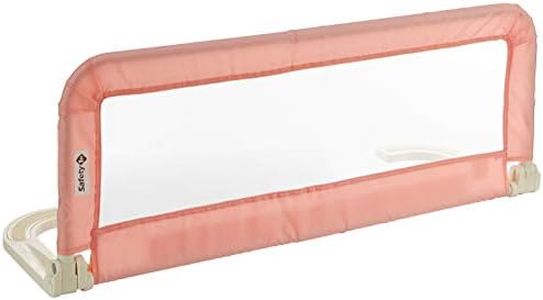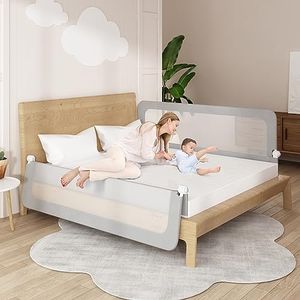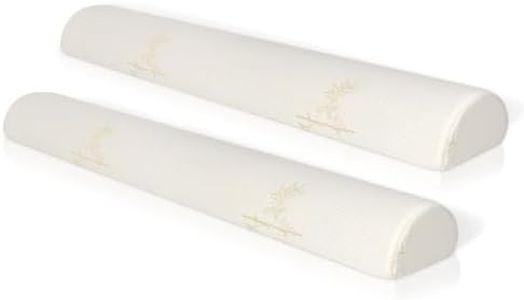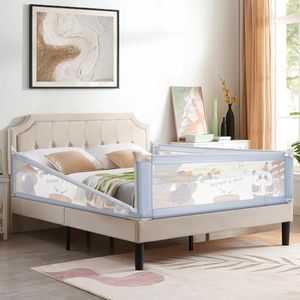We Use CookiesWe use cookies to enhance the security, performance,
functionality and for analytical and promotional activities. By continuing to browse this site you
are agreeing to our privacy policy
10 Best Toddler Bed Rails
From leading brands and best sellers available on the web.By clicking on a link to a third party's website, log data is shared with that third party.
Buying Guide for the Best Toddler Bed Rails
Selecting the right toddler bed rail is all about keeping your child safe and comfortable during their transition from a crib to a bed. Since kids can be restless sleepers, the right bed rail helps prevent falls without making your child feel confined. When shopping, think about your child’s sleeping habits, your bed’s design, and how often you’ll need to remove or adjust the rail. Always check for safety certifications and easy installation.Type of Bed RailThe type refers to the design and installation style of the bed rail. You'll find fixed rails, swing-down rails, and foldable or portable rails. Fixed rails stay in place, offering constant protection and are great if the bed stays in one spot, while swing-down rails can be lowered, making it easier for your child to climb in and out. Foldable, portable rails are best if you travel often or need to use the rail on different beds. Consider how often you need to remove or move the rail to decide which type fits your lifestyle and your child's needs.
Length and HeightThe length and height of a bed rail determine how much of the bed’s side is protected and how high the barrier is above the mattress. Shorter rails might only cover part of the bed, giving independence for older toddlers, while longer ones offer full coverage for active sleepers. Height matters too: low rails are less intrusive but may not stop a child who moves a lot, while taller rails offer more security. Choose based on your child’s age, how much they move in sleep, and the size of the bed.
MaterialBed rails are usually made from metal, plastic, or wood, often with mesh panels. Metal frames are sturdy and durable, while wooden ones may better match your furniture. Mesh panels allow breathability and you can see your child through them, which adds peace of mind. When deciding, consider ease of cleaning, sturdiness, and whether the design suits your room.
Compatibility with Bed TypeNot all rails fit every bed. Some are designed for box spring beds, others work with slats, platform beds, or toddler-specific frames. It’s important to make sure the rail will securely attach to your bed’s structure. Check your bed’s style and verify what the rail can attach to. This ensures your child is safe and the rail stays stable.
Safety Features and CertificationsSafety is the most important factor. Look for rails that meet recognized safety standards and certifications. Features like rounded edges, secure locking mechanisms, and smooth finishes help prevent injuries. Also, consider models with no-gap or minimal-gap designs to avoid trapping little arms or legs. Choose rails that have received positive safety ratings and have been tested by authorities.
Ease of Installation and RemovalSome bed rails need assembly or special tools, while others can be set up tool-free within minutes. If you foresee removing the rail often, perhaps for cleaning or travel, look for rails that are lightweight and easy to manage. If the rail will stay in place, you can focus more on sturdiness than convenience.

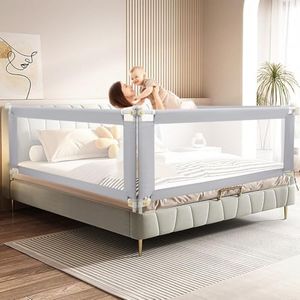
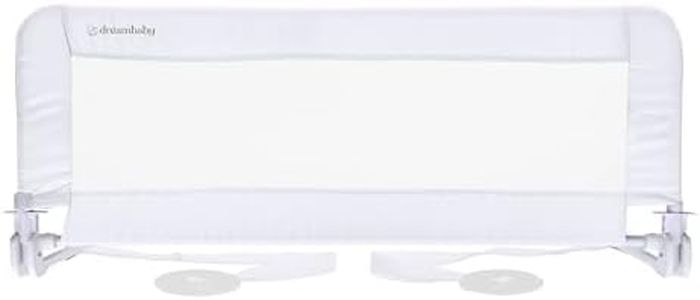
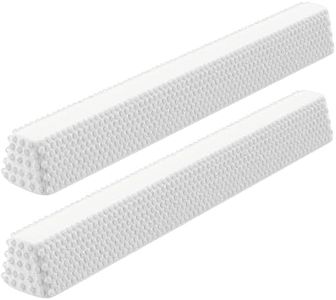
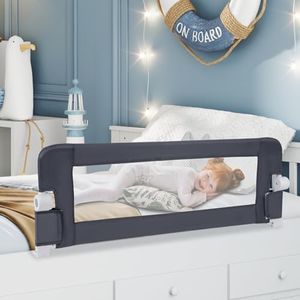
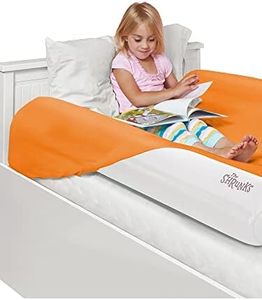
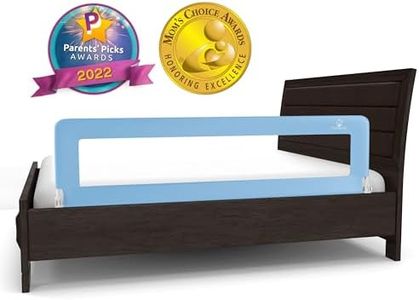
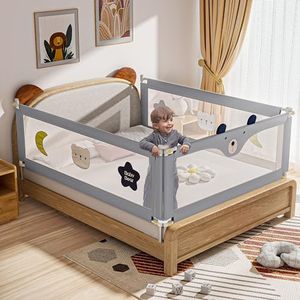
![[2-Pack] hiccapop Foam Bed Bumpers Toddler Bed Rails with Water-resistant Cover for Kids - Safety Side Pillow Pads](https://images-proxy.bestreviews.guide/duyJx_WYPf8hscJyScLn3eKupIA=/0x300/https://m.media-amazon.com/images/I/51yXOvsaoxL._AC_CX679_.jpg)
